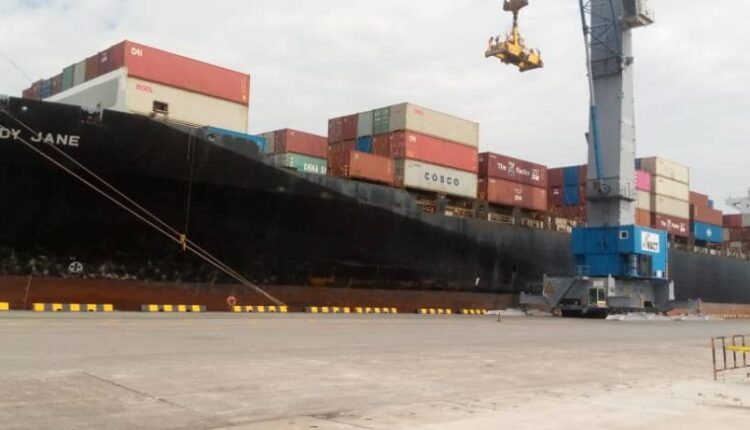Plaquemines Port has completed a long-awaited letter of intent with APM Terminals to build a modern container terminal in Plaquemines Parish, Louisiana, at a location about 50 miles upriver from the mouth of the Mississippi.
The site will be 1.5 hours closer to the river’s mouth (one-way) than the next-nearest proposed terminal, and will have the widest ship turning radius. It will also have the competitive advantage of full and united community support, according to the port authority. (A competing site planned by the Port of New Orleans has run into local opposition.)
The port will lease APMT a plot of about 200 waterfront acres for 30 years, with options for extensions and expansion space.
In return, APMT has committed to invest about $500 million into the terminal’s development. The greenfield project will be privately funded, and will give Maersk a new terminal to handle post-Panamax boxships on the Gulf Coast.
The deal was first announced in 2021, when APMT signed a letter of intent with Plaquemines Port for the facility’s development.
“In time, this greenfield site has all the potential to evolve into one of the big ship gateways into the U.S.,” said Wim Lagaay, APM Terminals’ Senior Investment Advisor. “This venture allows us to build from the ground up, integrating cutting-edge technologies and sustainable practices.”
A.P Moller-Maersk is well-positioned to finance the venture. The line had a highly profitable run during the late-pandemic cargo surge, and it still had $7.6 billion in cash on hand as of the end of Q3 2023.
“APM Terminals is a world leader in container terminal operations. This major commitment shows the market’s tremendous confidence in Louisiana as the home of vibrant, growing port activity,” said Louisiana Governor Jeff Landry in a statement.
Plaquemines Port secured the land for the project in 2021 in partnership with the LA23 Development Company. The full site consists of 8,200 feet of river frontage and 1,000 acres of space on the river’s west bank.
Credit: The Maritime Executive

